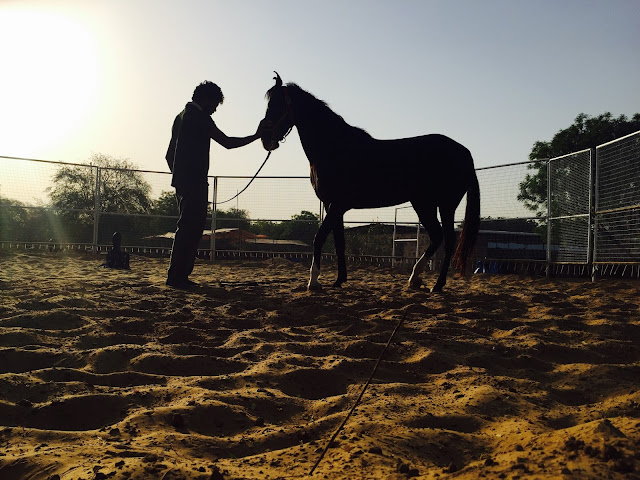Nature versus Nurture: The case on cloning horses
Remember Dolly the sheep? The first mammal to be cloned. It made quite a raucous at the time but I don't often come across much debate on cloning any more. Quite the contrary, in the world of horse polo, the idea of cloning is something that most are familiar with and the world's best players have successfully been using cloned horses to play at the highest level.
A few months ago I was talking to a seasoned dressage rider and mentioned cloned horses. She was very surprised - she wasn't aware this was 'already' happening. She thought it was quite sad that we had come to that, replicating the best instead of trying to beat it through natural breeding.
The main person behind the industry of cloning horses is an Argentine called Martin Barrantes and his Kheiron laboratory. He clones close to 60 horses a year mainly, if not all, for polo. Another well known figure is the French Eric Palmer and his Cryozootech lab.
In a fascinating article published in Jours de Cheval, Eric Palmer argued that genetics account for 35-40% of performance. He explained that outside of polo, horses are cloned to 'save the gene pool' and clones are not expected to perform or compete. He gave the example of a fantastic gelded horse who had been cloned. The cloned colts then became stallions and the gelding's gene pool was successfully revived. But the clones were never asked to compete. This is because of the recognition that the environment, training and importantly, the rider, are key components of the horse's performance. As such, trying to replicate exactly what one successful horse went through is close to impossible. That is, outside of polo.
In the polo world, the best players have built what one could call performance factories. Because polo requires a lot of horses - unlike most other equestrian sports where the rider relies on one horse - polo players and trainers have built systems in which they can produce and train hundreds of horses following the same methodology. In that context, it is much easier to replicate the learning environment from one horse to another. Not to mention, of course, that all these horses will eventually be ridden by one rider: the star polo player. You then have all the ingredients to entirely replicate a brilliant horse. It is little surprise that the legendary polo Adolfo Cambiaso has been one of those using clones with the most success.
The price of cloning a horse has reportedly dropped to around USD 80,000, compared to USD 250,000 not so long ago. It is becoming easier to clone which means the cost will continue to come down. If you look at the price of some horses, it's easy to see why it makes economic sense.
The Argentines who have been training the young clones say they learn much faster than normal horses (and contrary to what I thought, the clones are not born with the age of the original horse). When you think of the investment required to build a champion, from the training, to the food and medical attention, any time gained is money saved.
There is one school of thought, to which my dressage friend belongs, which continues to believe that performance will only truly improve through natural breeding, giving a chance for 'accidents' to happen. However, in a world which is obsessed with performance, productivity and financial efficiency and where the boundaries between what is ethical and what isn't keep being pushed back, one can see the appeal of cloning.
Having said all that, it is still a relief to hear that genes only make part of - and a minority - of what will determine your success down the line.



Comments
Post a Comment